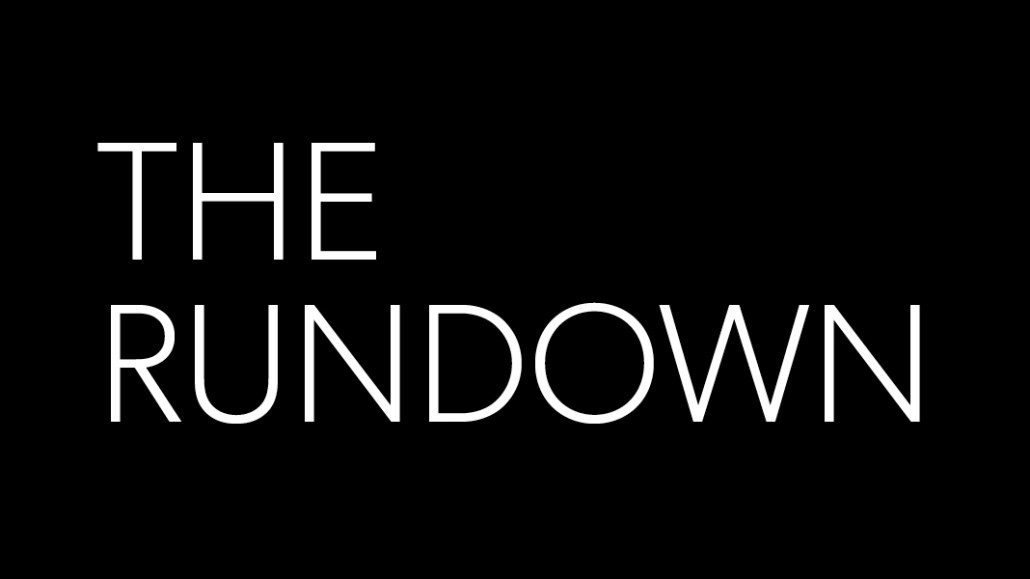Save 50% on a 3-month Digiday+ membership. Ends Dec 5.

For digital publishers, the home page is back in vogue.
In the depths of the Facebook referral era, it wasn’t uncommon to hear the homepage was “dead” and why article pages had become “the new homepage.” With users most often finding their way to publishers’ sites through links to specific articles instead of their bookmarks bar, their home pages had become less of a priority.
The consequences were obvious: Product teams shifted their efforts to eke out more page views from article pages, with oceans of related content. They were helped along by tricks such as infinite scroll. For many publishers, their home pages became little more than marketing tools for their brands — somewhere where they could put their best foot forward, while hiding the social media clickbait out back. Many didn’t even carry ads.
But increasingly — and owing to a variety of factors — publishers say their home pages are rising in importance.
One driver: Facebook’s recent algorithm tweaks to deprioritize publisher content in the news feed have suddenly meant generating more traffic through publishers’ front doors instead. And as a result, it’s also meant publishers are thinking more carefully about how to present content on those pages that best serves their audiences and their business needs, instead of just their brands.
Speaking at a Digiday Hot Topic event about memberships and subscriptions in New York City on Thursday, Michael Silberman, senior vice president of strategy for subscription technology vendor Piano, said his company has seen an uptick of traffic to publishers’ homepages this year, which it attributes directly to Facebook’s algorithm changes.
But beyond Facebook traffic, the re-emphasis on the home page is also being driven by changing publishers’ business models and needs. As many publishers launch — or invest more heavily in — subscription and membership products, the homepage has become prime real-estate for driving both awareness and conversions for those products. Visitors from social and search have much lower subscription conversion rates than those that come via the homepage, according to Silberman.
Even those publishers without paid tiers are actively trying to build direct connections with readers, and to develop loyal audiences instead of relying simply on a firehose of drive-by traffic. Home pages are becoming a more essential part of driving regular, loyal engagement, they say.
Mia Libby, chief revenue officer at The Daily Beast, said the publisher has seen a similar trend in terms of home page traffic, and is placing more emphasis on it. Of course, she attributes a large part of that increase to the strength of the publisher’s content. Regardless of the reasons, it’s following the data and adjusting accordingly.
The distributed media era is far from over, of course. Publishers continue to see strong traffic to their Google AMP pages and YouTube videos, and from sources such as Apple News and Flipboard.
But as publishers diversify their revenues into subscriptions and commerce and away from churning out page views for the sake of ad impressions alone, it seems the home page is firmly back in the mix.
More in Media

AI-powered professional learning and the battle vs. ‘workslop’: Inside Deloitte’s Scout
Deloitte last month launched Scout as part of its Project 120, the company’s $1.4 billion investment in professional development.

‘The Big Bang has happened’: Reach gets proactive on AI-era referrals, starting with subscriptions
This week, the publisher of national U.K. titles Daily Mirror, Daily Express and Daily Star, is rolling out its first paid digital subscriptions – a big departure from the free, ad-funded model it’s had throughout its 120-year history.

Arena Group, BuzzFeed, USA Today Co, Vox Media join RSL’s AI content licensing efforts
Arena Group, BuzzFeed, USA Today Co and Vox Media are participating in the RSL Collective’s efforts to license content to AI companies.





